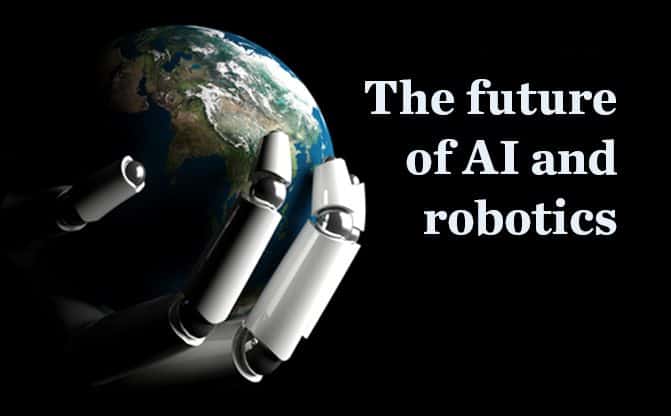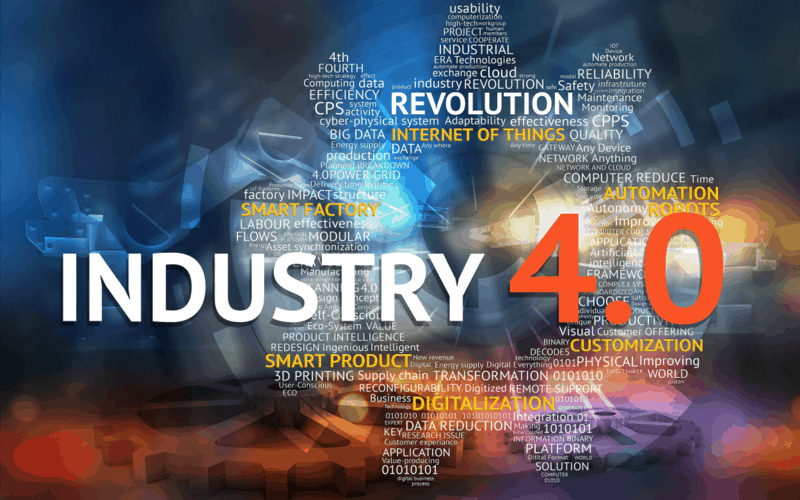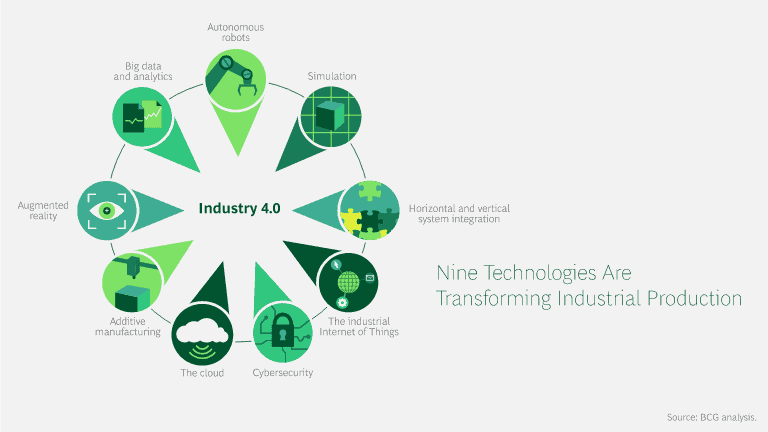2018 AI And Robotic Predictions
“In the information industry and at Thomson Reuters, AI and machine learning are already driving innovation and transformation. They are embedded in how we sift through large volumes of data and content and how we enhance, organize, connect, and deliver content and information. They are the engines underlying many of our products and services.” Dr. Khalid Al-Kofahi -Vice President, R&D and Head of the Center for AI and Cognitive Computing
When things go digital, they start following a new set of rules.
The rules of the physical world are either not applicable or are severely diminished. Things move from sparsity to abundance, where consumption does not lead to depletion. On the contrary, the more an object is consumed, the more valuable it becomes. Cost of production and distribution is no longer critical, and the concept of inventory is no longer applicable.
When things go digital, they also move from linear to exponential – a world in which new technologies and new players can enter and dominate an industry in just a few years.
Consider that each year more people take online courses offered by Harvard than the number of students who attended Harvard in its 380-year history. Each year, three times more people use online dispute resolutions to resolve disputes on eBay than lawsuits filed in the United States. Each day, five billion videos are watched on YouTube. For context, the first YouTube video was uploaded in 2005. I was talking to a gentleman at Facebook a few weeks ago who said, “I joined Facebook three years ago and 70 percent of the company started after me.” Talk about hyper-growth businesses!
This is the environment that we operate in: Not only must we adapt, but we must help our customers adapt as well.
In the information industry and at Thomson Reuters, AI and machine learning (ML) are already driving innovation and transformation. They are embedded in how we sift through large volumes of data and content, and how we enhance, organize, connect, and deliver content and information. They are the engines underlying many of our products and services.
In the long term, our objective is to build personal digital assistants for knowledge workers. An assistant is an application that:
- Interacts naturally with you
- Is both responsive and proactive (without being intrusive)
- The collection of all of your professional experiences
- Available with a few words and a click
- Learns from you as well as others (via their digital assistants)
Its purpose is not to replace you, but to augment you, to scale you, and to help you focus on more interesting tasks.
It will probably take a decade or two to build some of these digital assistants – but the near term is also full of interesting opportunities to transform, through simplification, automation, and machine assistance.
Research and Discovery
Research, discovery, and investigation represent a significant portion of what knowledge workers do. These are complex and time-consuming tasks, making them easy contenders for simplification, automation, and machine assistance.
Information Overload
Our world is connected and information-rich. The cycle of information creation is continuous and instant, and staying informed can be a daunting task. One of our primary objectives is to pivot away from customers finding information to the information finding the customer.
Risk and Compliance
This theme focuses on helping our customers comply with relevant laws and regulations, discover risks that could disrupt their businesses, and respond appropriately when things happen.
Making Sense
Knowledge work requires making sense of data in order to make time-sensitive and business-critical decisions. Whether it is a single document or collection of documents, an event, a work product, or an “abnormal” pattern, making sense is hard and time-consuming. AI can help.
This is just a selection of key focus areas based on analysis and discussions with our customers and business partners. The predictions in this report dive deeper into each of these opportunities. What is clear is that AI and machine learning are already here and their potential to assist knowledge workers is being realized.
2018 AI And Robotic Predictions Read More »




